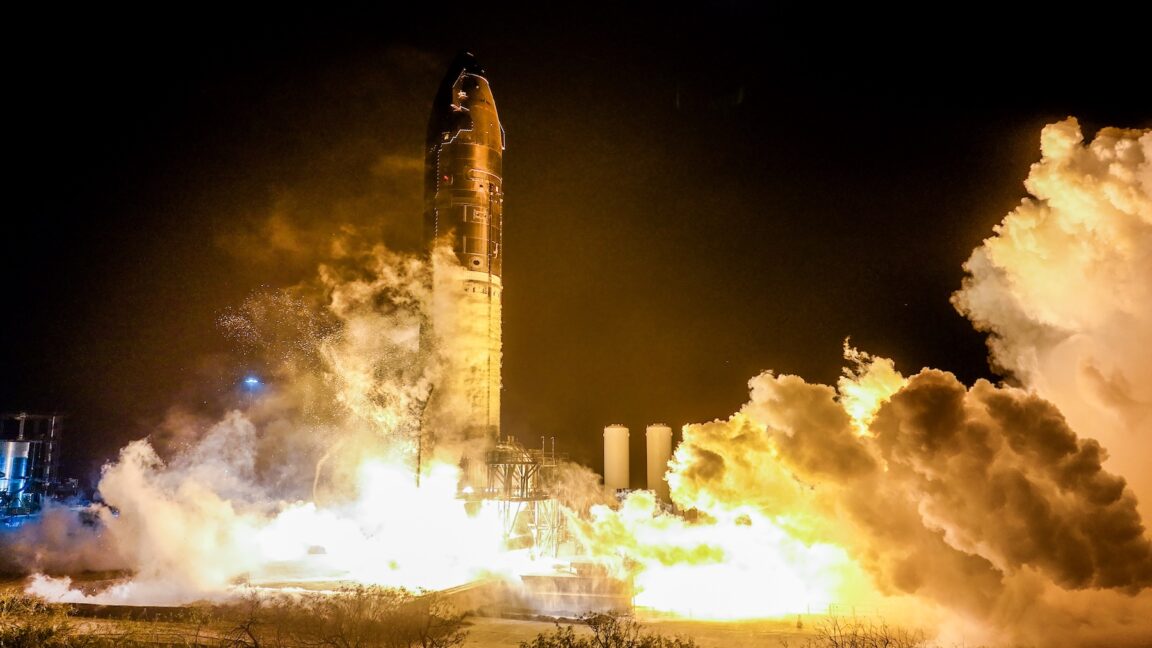SpaceX Prepares for Starship Test Flight Redo

- FAA issues launch license for Starship Flight 8
- Investigation into Starship Flight 7 failure identifies propellant leaks and fires as cause
- Engineers conclude harmonic response caused vibrations to exceed expected levels
- Modifications made to address flammability potential in Starship's attic section
- Future upgrades to introduce Raptor 3 engine, reducing attic volume and leak-prone joints
- Extended-duration static fire tests hardware modifications for next test flight
Introduction to Starship Flight 8
The Federal Aviation Administration (FAA) confirmed on Friday that it has issued a launch license for SpaceX's Starship Flight 8. This comes after a comprehensive investigation into the failure of Starship Flight 7, which experienced propellant leaks and fires during its ascent.
According to the FAA, SpaceX met all safety, environmental, and other licensing requirements for the suborbital test flight. The investigation into the failure of Flight 7 was led by SpaceX, with participation from NASA, the National Transportation Safety Board, and the US Space Force.
Cause of Starship Flight 7 Failure
Engineers concluded that the propellant leaks and fires in the aft compartment of Starship were caused by a harmonic response several times stronger than predicted. This suggests that the vibrations during the ship's climb into space were in resonance with the vehicle's natural frequency, intensifying the vibrations beyond expected levels from ground testing.
To address the flammability potential in the attic section of Starship, additional vents and a new purge system utilizing gaseous nitrogen are being added to the current generation of ships. Future upgrades to Starship will introduce the Raptor 3 engine, reducing the attic volume and eliminating the majority of joints that can leak into this volume.
Preparations for Starship Flight 8
Earlier this month, SpaceX completed an extended-duration static fire of the next Starship upper stage to test hardware modifications at multiple engine thrust levels. Findings from the static fire informed changes to the fuel feed lines to Starship's Raptor engines, adjustments to propellant temperatures, and a new operating thrust for the next test flight.
The FAA's commercial spaceflight division completed a comprehensive safety review and determined that Starship can return to flight operations while the investigation into the Flight 7 failure remains open. This approach is not new, as the FAA used similar safety determinations to expedite SpaceX launch license approvals last year during investigations into mishaps on Starship and Falcon 9 rocket flights.